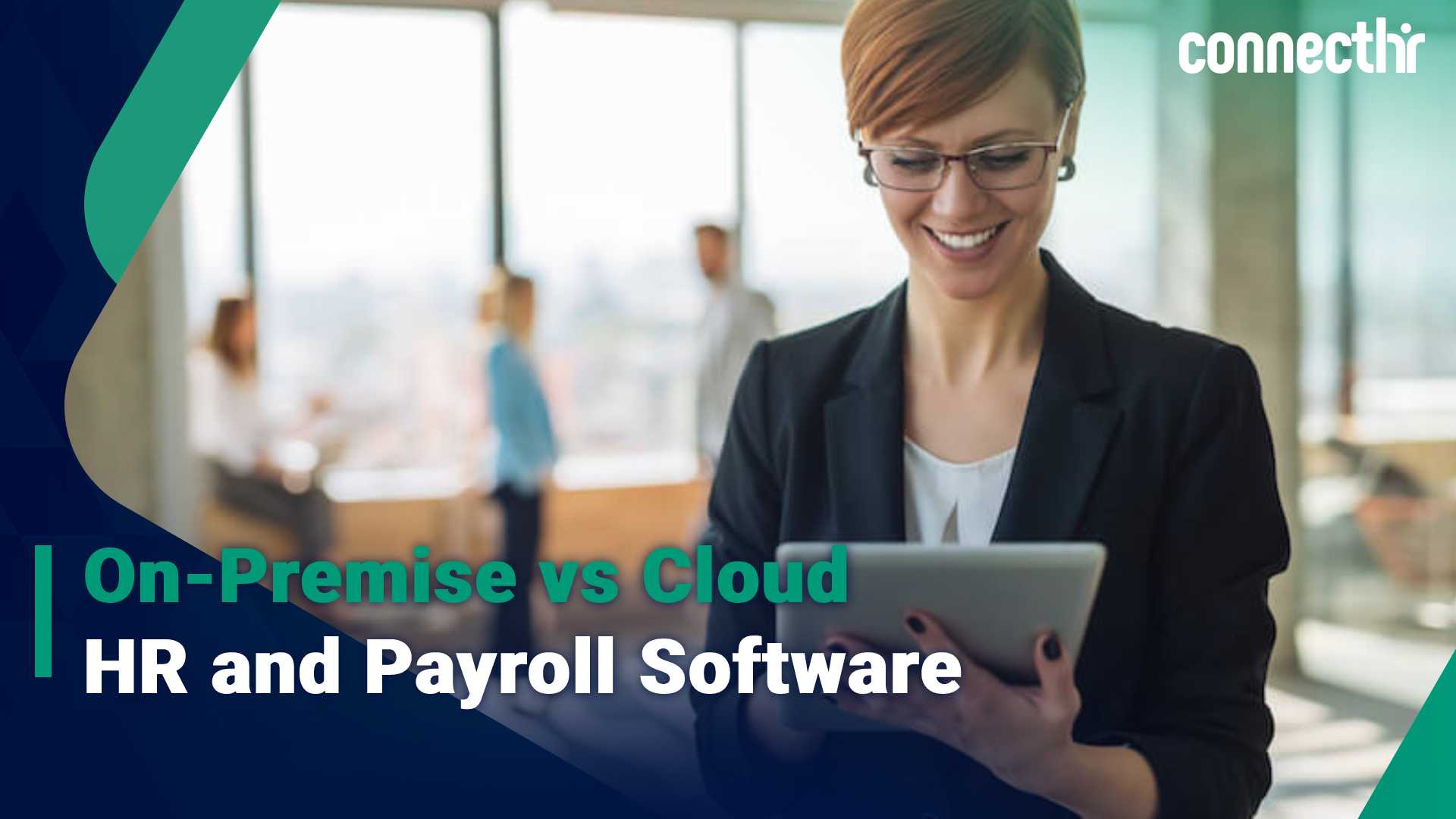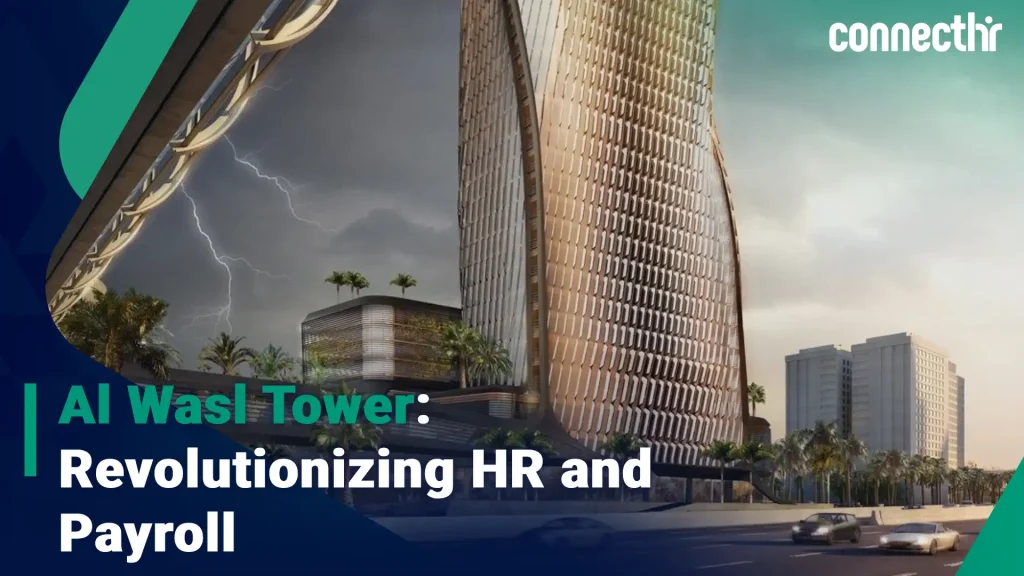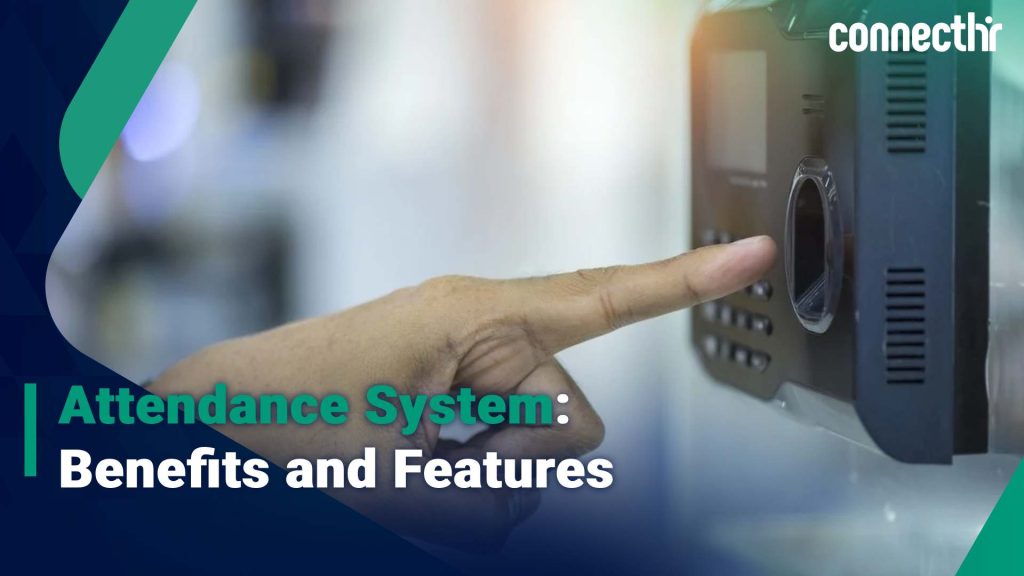HR and payroll are two of the most important responsibilities of the HR departments within any business in the UAE. Therefore, business owners spend a great deal of their time deciding on how to manage these duties. There are many ways to do so, however, the on premise vs cloud ways are the ones most people prefer.
In this article, we will be talking about the differences between on premise vs cloud payroll and HR software. Here, we will take a look at the key considerations so you can see the difference between on premise and cloud services.
Difference Between On-Premise and Cloud HR and Payroll Software
One of the most crucial decisions you are going to make as an employer is selecting an HR system for your company. HR is responsible for a wide range of tasks, including hiring new employees, managing payroll, and putting regulatory regulations into place. All of these activities have a significant impact on how successfully your firm operates.
For your company to operate as efficiently as possible, it is critical to choose the proper kind of HR system. Generally speaking, smaller firms benefit from cloud-based HR, whilst bigger companies are better suited to an on premise strategy.
Most organizations must decide what kind of solution to use based on installation when preparing to automate HR systems. There are basically two primary types of HR systems: on premise vs cloud solutions.
How On-Premise Software Works?
An on premises software is an internal HR solution. Its upkeep and development are handled internally (by the company’s own IT team). As a result, all modifications and upgrades are entirely under the authority of the business. A one-time perpetual license price is necessary for an on-premise HR and payroll system. However, it needs significant infrastructure investment as well as supervision of a group of IT professionals.
The place (digital or otherwise) from which the program operates is the most evident difference between on premise vs cloud systems. An on premise solution will function locally at your firm using infrastructure that is owned and managed by your organization; frequently in a modest server room.
You buy a license for the software, and you use your own hardware to run it. Before you can start using on premise software, there are a few setup considerations. Your company will have to:
- Buy and install servers: These purchases are often scheduled as capital expenditures over multiple years and must be paid in full before you can begin utilizing the program.
- Have technical resources: Make sure you have the technical tools you need to install the program and any associated services, such as network connections.
- Create a procedure: Start a process for assigning responsibility for server upgrades, backups, and troubleshooting. This frequently entails asking internal IT personnel to take on more duty in order to run the program you’ve purchased.
- Work with the provider: If the product was not meant to run in this environment, work with the software supplier to solve any potential concerns.
- Provisioning process: Finally, the provisioning procedure must be followed. This includes loading the information into the software and configuring any integrations.
Advantages of On-Premise HR and Payroll
Because of their extensive functionality, on-premise systems are the best choice for many Middle Eastern businesses. And, because the system is well-known, there are numerous vendors to pick from. Additional advantages of utilizing on-premise software in the area include:
Customization
Your HR service provider should be able to create a special support system for your company, providing you a selection of functions that you can use. As a result, HR will take on a modular design that you may customize to your needs by choosing which features of the software to use.
Security
In fields that demand a high level of security, on-premise technology is increasingly common. Organizations can rest easy knowing that their data does not reside inside a third-party program because the software resides on your servers employing your IT department.
Control
Data security is less of a concern if you have an on-premises HR system because it offers you sole possession of your company’s information. With an on-premise system, development and maintenance are handled by your own staff, giving you complete control over any updates or modifications.
Integration
As was already said, while hosting your HR and payroll activities on-premise, you maintain ownership of all data. As a result, the program installed on premises will not have cloud-like communication capabilities. Data entry by administrators into each system manually raises the possibility of human mistake.
Consider utilizing an on-premises payroll system and attendance management system. The payroll details will be wrong if you transmit the employee’s timesheet erroneously.
Disadvantages of On-premise HR and Payroll
There are many disadvantages when selecting an on premise solution. Let us observe:
Cost
Since there are no monthly or yearly access costs for on-premise technology, it may appear to be more affordable. However, since it is the responsibility of the company to manage maintenance and updates, overhead expenses may accumulate over time.
Using on-premise HR and payroll systems is the biggest barrier in managing compliance by staying on top of software changes. It might be difficult and expensive to catch up to the most recent version if you fall behind on updates. Therefore, you must make sure that your business remains complying and avoid steep fines by staying on top of software changes.
Maintenance
The installation of on-premises HR on your computers will probably take some time, thereby slowing down activity. After that, you must set aside some time and energy for personnel to receive detailed training on how to utilize the system.
For new updates, support, and some patches, the On-Premise version deployment will typically need to be backed by a continuous annual maintenance contract.
Deployment
The implementation of the on-premise version takes longer since the client must prepare their IT infrastructure, which may involve buying new hardware or software licensing.
How Cloud Based Software Works?
SaaS solutions do not require your company to configure or maintain servers. This because they reside and run on a cloud platform owned and managed by a third-party cloud provider. Your software vendor will take care of these tasks instead.
Your team only needs to complete the last step mentioned above in order to launch a cloud-based solution. This entails using a demo to test the program before starting the provisioning process and configuring your data and integrations. Prior to implementing your HRIS throughout your teams, you should always do a pilot test. Fortunately, the supplier is already hosting in a setting that was created to enable the best possible speed, dependability, and security for that product.
Advantages of Cloud-Based HR and Payroll
The cloud based HR and payroll, also referred to as (Software-as-a-Service) SaaS, is a service where you pay a subscription fee typically on a monthly or annual basis to use the program that operates on the computer systems of the cloud service provider. The IT infrastructure usually exists in a Data Center with another vendor but kept and handled by the supplier, so you as the customer need not worry about downtime, backups, upgrades, or any other routine, IT-related tasks.
The advantages are:
Accessibility
You will not have to purchase any additional hardware or install any software before using cloud based HR software. Training will take little time and effort because most alternatives are simple to use even for non-HR specialists; freeing up personnel to carry out their regular duties.
Scalability
SMBs discover that cloud-based WFM software readily adjusts to their changing needs as their firm expands. Instead of in blocks, individuals can be added or removed individually. This makes it relatively affordable to expand and modify the software to meet the needs of the enterprise.
Cost-effective
The cost of employing a cloud-based provider varies depending on the supplier. Pricing is adjustable for your business because organizations can select from a range of package options based on their payroll and HR needs. The initial costs are typically less than those of on-premise solutions, despite the fact that providers could impose an implementation fee.
The most popular packages involve PEPM (per employee per month) expenses, which may eventually appear to be more expensive for cloud-based solutions. Nevertheless, in the long run, businesses maintain low overhead costs since the cloud reduces the expense of software maintenance and hardware costs.
Maintenance
When you have a subscription that is still in effect, the cloud version often includes all updates and patches.
Disadvantages of Cloud-Based HR and Payroll
Here are some of the downsides of cloud based HR and payroll:
Connectivity
With cloud based HR software, you will not be able to access it if your Internet connection is unavailable. This can slow down some procedures and prevent the system from operating normally. Your Internet won’t likely go down for very long, though, so you will be able to resume your work right away.
Choosing the Right HR and Payroll Software for Your Business
Employing reliable HR management software through the right vendor will help you maximize your HR management, regardless of the size or sector of your business. Therefore, it is crucial to have a list of guidelines to help you find the best and most appropriate software.
To do so, you must define the needs of your business. It is the most basic yet important thing to think about before doing anything. Your chances of choosing the right software increase as you gain more insight into the needs of your business today and its goals for the future.
Comparing Features of On-premise and Cloud Based HR and Payroll Software
On-premise and cloud-based HR systems, also known as SaaS or Software as a Service, are the two basic types. The former entails installing a software system on-site while utilizing the computers and servers that belong to your company. The servers of the program vendor are hosting the latter, which is accessed using a web browser. Here are the features that both software can provide:
Accessibility
On-premise HRMS utilizes an internal installation with the necessary equipment and a knowledgeable IT staff. However, cloud HRM can function in the absence of funding or installation expertise.
Scalability
One of the key characteristics that elevates cloud-based HR management software is its capacity to scale. You will not have to worry as your company’s capacity grows or shrinks with cloud-based applications. The capacity of your firm can only increase or decrease to a certain degree using on-premises HR software. If it goes above the allotted amount, your company will be forced to spend money on new software.
Customization
With a cloud-based HR software, you can choose the tools you need to manage your employees, offering a customized experience. This will assist you in improving your organization’s HR processes in light of the shifting business environment as businesses become more dynamic. With the assistance of the software supplier, customization is simple. Your IT department has a lot of work to perform with on premises HR software. Which means that it can take a lot of time and effort.
Up-front costs
The setup costs for the on-premise version are always greater, and if you do not already have one, you will need to make an investment in your IT infrastructure’s software and hardware. Regular IT maintenance, such as backups and upgrades, is necessary. Given that the provider is just accountable for supplying the solution installation and has no interaction with the IT infrastructure, there are a reasonable number of hidden costs with this that you might not be aware of. Security requirements are changing, among other things.
Instead of buying the software, you only have to pay subscription fees monthly, quarterly, or yearly with the cloud version. This indicates that a cloud version’s entry point or setup costs are typically relatively inexpensive. Especially when compared to an on-premises version.
Maintenance
For new updates, support, and some patches, the on-premise version deployment will typically need to backup by a continuous annual maintenance contract. On the other hand, when you have a subscription that is still in effect, the cloud version often includes all updates and patches.
If you want to update your HR processes, we have the right solution. With our cloud HR software, you can enjoy the benefits of managing your team seamlessly. We are experts on on premise vs cloud discourse, and know that cloud can be fitting for different businesses. Therefore, if you want to start working with us, you can email us at [email protected] or give us a call at +971 43 316 688. With Connect HR, you can take your business to the next level!






